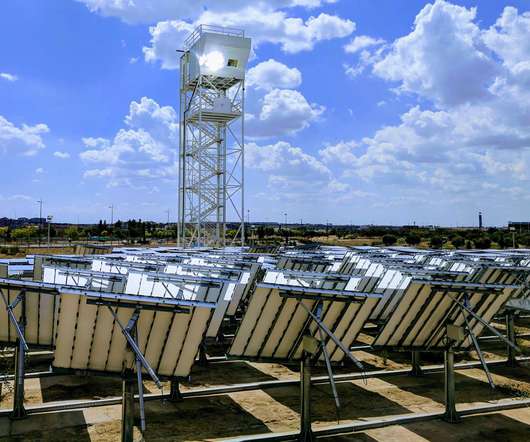PSI team demonstrates direct hydrocarbon fuel production from water and CO2 by solar-driven thermochemical cycles
Green Car Congress
MAY 26, 2016
Solar-driven thermochemical cycles offer a direct means of storing solar energy in the chemical bonds of energy-rich molecules. syngas—from water and CO 2. A very attractive route is the direct production of hydrocarbon fuels from water and carbon dioxide by realistic STCs. —Lin et al.






































Let's personalize your content